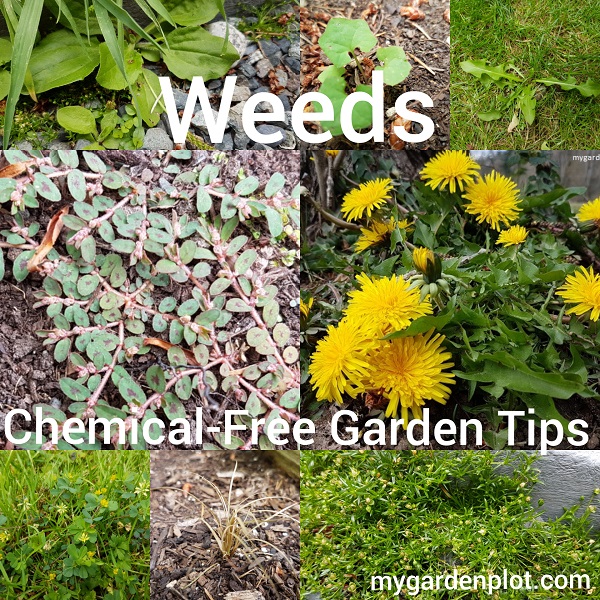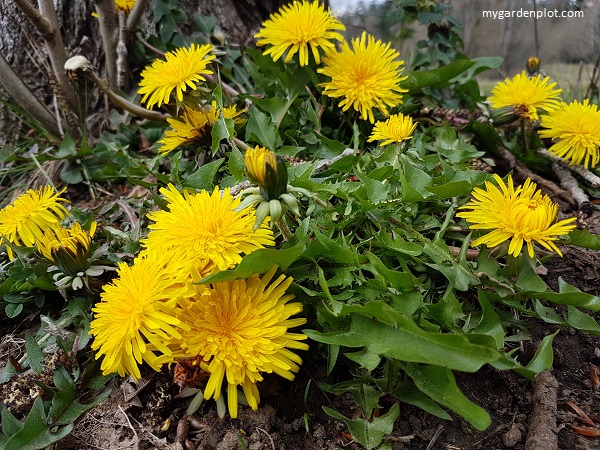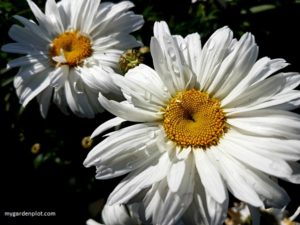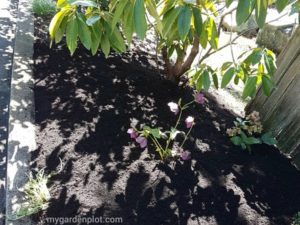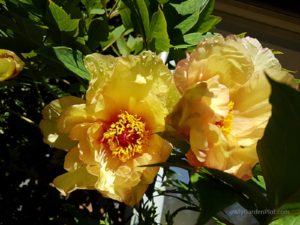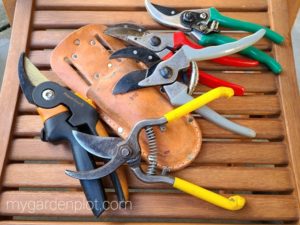Chemical-Free Garden Tips For Effective Weed Removal And Prevention
By the time mid-summer rolls in, weeding chores may have lessened with only a few annoying weeds persisting in the garden. That’s to say if regular weeding has been done. So how best to remove and prevent weeds and spend more time enjoying the garden?
Weeding is, and sorry to say, will always be on the list of gardening jobs to be done. But there are ways you can reduce it and keep it safe. And certain times of the year, springtime especially, it may seem that weeding is all you are doing. And weeding tools are a constant at your side. It has to be said, staying on top of weed growth and prevention is a timesaver in the long run. Whether you need to tackle a few weeds or rejuvenate a neglected garden bed, it is a job many of us seek a better understanding of how to get the best results without using harmful chemical weed killers. The goal is to remove and kill garden weeds using environmentally-friendly and cost-effective options. Here are five chemical-free tips for effective weed control.
Using chemical weed killer needs to be carefully planned only if all other options have been exhausted.
Understanding Weed Types: Tackling Annual Vs Perennial Weeds
Weeds are just plants growing in the wrong place, right? After all, many weeds are also beneficial in sustaining bee colonies. But for our task in hand, identifying weeds and how best to tackle them is also part of the equation. Understanding the different weed types and how to tackle them is important. So what are annual or perennial weeds?
Annual weeds, which make up about 80% of weeds, survive only one life cycle during a season. Once growth is completed, they spread by seeding. The seeds can lie dormant for many years until the conditions are right again for growing. To control annual weeds, you need to remove them as seedlings before they mature and seed. The idea here is to stop seed formation and thus prevent new weeds from sprouting. However, keep in mind that even though you are most diligent in removing annual weeds, some seeds can be airborne or come to your garden via a host like a bird, pet and even you.
For perennial (or biennial) weeds, you need to, literally, ‘dig a little deeper’ to ensure the root system is completely removed, such as dandelions or horsetail. Or they just keep on returning in your garden. And some spread too by seed. So while perennial weeds may seem percentage-wise the minority, they are the type that are tiresomely tenacious and once established in your garden, weeding becomes an ongoing task. Something few of us escape from. However, there are various ways to remove these correctly and with ongoing weeding management, you can reduce the number of perennial weeds growing in your garden.
With this in mind, we can approach weed control through removal and prevention as best as possible.
Oldest Weeding Methods: By Hand And By Hoe
There is no escaping that weeding by hand is needed for individual weeds or smaller areas of annual weeds, whether, tilling, pulling or digging them out. Weeding by hand is the only way to remove weeds growing close to your plants. Sometimes getting on your knees is required, but there are also long-handled weeding tools to help with the weeding job standing up. Identifying the weed and their persistence will go a long way in controlling them, of course. For instance, getting those dandelions out is best done with a dandelion weeder, which is like a long screwdriver with a forked end. It is very satisfying pulling the dandelion out with its root intact.
Other weeding tools include garden hoes, weeding rakes and tillers. In particular, the stirrup hoe is a favourite on our list of weeding tools. This hoe has a hinged double-edged blade that works by removing weeds with a back and forth motion. Pushing the stirrup blade forward over the weeds and pulling back with bite means you can remove annual weeds with little soil disturbance. However, there are times tilling is preferred. But there are drawbacks as it can bring up buried weed seeds which may encourage germination. Usually a combination of tilling and digging may be needed for some perennial weeds.
See more information on what is needed for gardening jobs: Essential List Of Garden Tools
Soil Solarization: Black Plastic Sheets
Using black plastic sheets for weeding an area with substantial weed growth is very effective. This control method is referred to as solarizing as it uses solar power by way of increasing the sun’s heat to burn out the weeds. This is best done during summer, for at least four to six weeks, when the sun’s heat is strongest, intensifying under the black plastic sheets to a degree where the weeds are killed. The process is slower but successful in killing weeds, their root system and plant diseases that may lie dormant in the soil. In effect, it is like sterilizing the soil using the energy from the sun. Unfortunately, it does kill beneficial bugs too. After solarizing is completed, adding a rich compost layer will help restore the soil condition and get this garden area back in shape and ready for planting vegetables or ornamental plants again.
See steps for solarizing a neglected garden bed: Controlling Weeds By Solarizing
Mulching For Smothering Weeds: Organic Matter And Biodegradable Materials
Mulch is a layer of organic matter or biodegradable materials placed on the soil surface. This is an effective way to control weeds. Adding organic mulch is generally done in early spring just before weeds start to surface. It is effective for annual weed control. It acts in two ways, suppressing weed growth and later, as it breaks down, it further conditions your soil making it more fertile. Perennial weeds may need another level of mulching to suppress growth. Adding a layer of biodegradable materials such as newspapers or cardboard, and covering with organic mulch or compost, is an effective weed control method for more stubborn perennial weeds.
See more information about using biodegradable material in your garden: Paper and Cardboard Mulch for Weed Control
Vinegar, Boiling Water, And Homemade Weed Spray
Putting vinegar on a plant, aka weed, will kill it. It will also alter the soil condition. So always evaluate all your other options first. This method is most effective when applied directly to the weed on a sunny day. Ensure that the vinegar does not spread to your plants. Only use vinegar on weeds growing in cracks of a pavement, driveway, concrete or gravel paths, where contact with good plants is limited.
Alternatively, a home-made weed spray solution made of white vinegar (4 parts), lemon juice concentrate (1/2 part), and environmentally-friendly liquid dishwashing soap (1/4 part), mixed together, can help burn the weed growth. Using a pump sprayer, this solution needs to be applied directly to the weed and away from good plants. Do not use this vinegar solution to kill weeds growing in a lawn as it will kill the grass too.
Boiling water is another option for spot treatment on weeds growing in cracks in the driveway or paved areas. Like vinegar above, it will harm all plants, and therefore not recommended for killing weeds growing in garden beds. The oldest method of control by hand weeding is best for spot treatments where your good plants are growing in your garden bed.
Torching Weeds
It goes without saying that extreme caution is needed if you wish to burn off the top growth using a propane torch. It was once a popular control method but not used so much now. We are adding this method to the list as our neighbour still uses this approach on his driveway. This is something that generally is only suggested for stubborn weeds growing in cracks in a paved or concreted area. And only to be considered if all other options have failed. Needless to say that using this method on a non-windy day is essential, as well as consideration about flammable and nearby non-fire resistant surfaces should be taken into account and removed. Any nearby plants or grass may also be affected and likely killed too.
